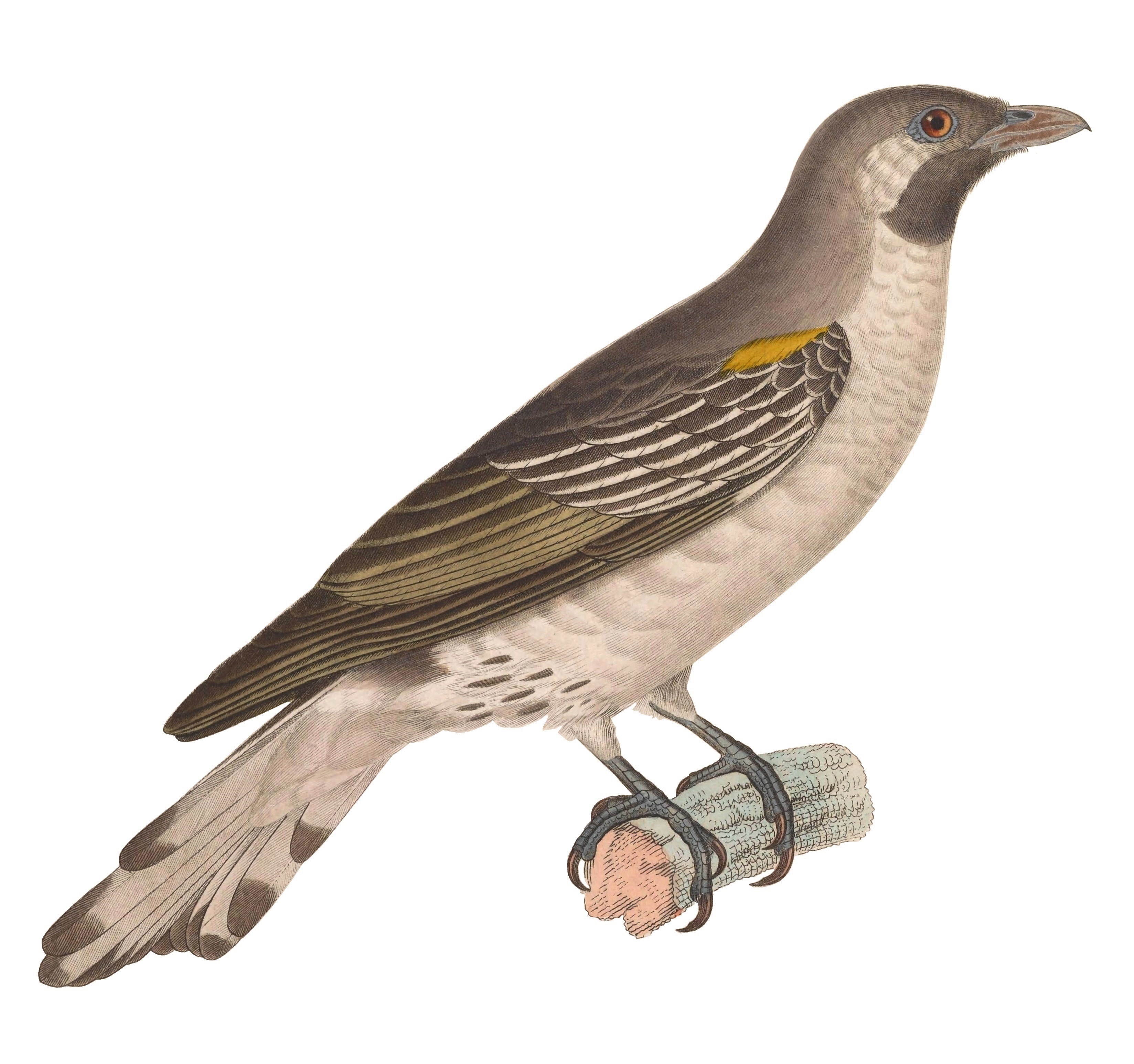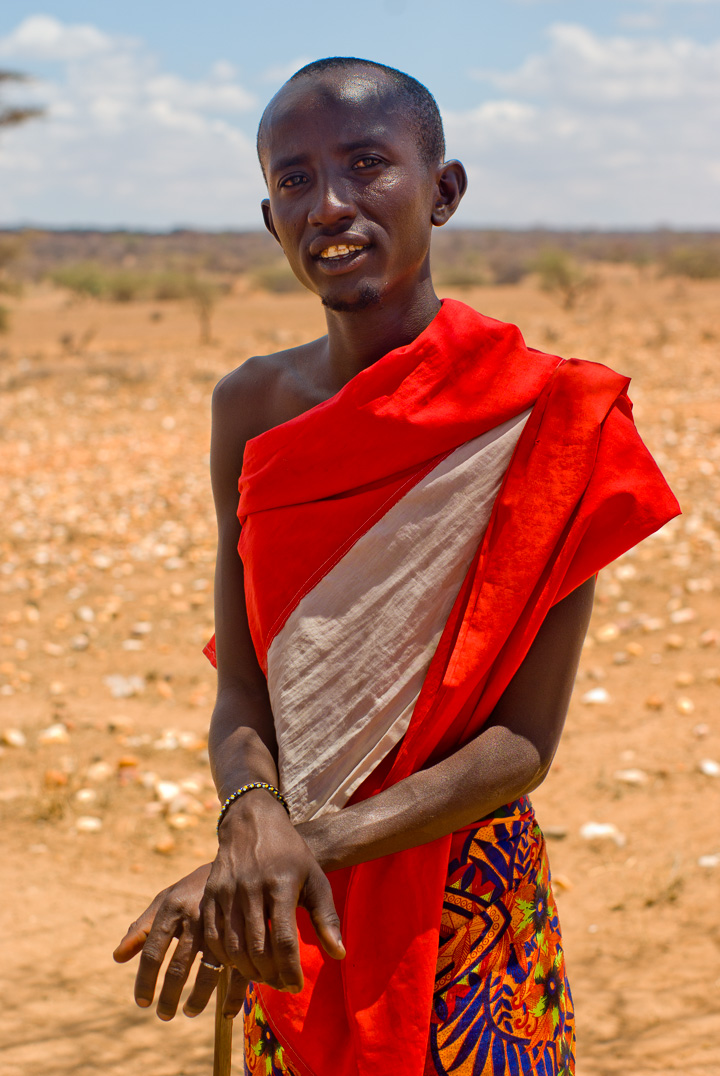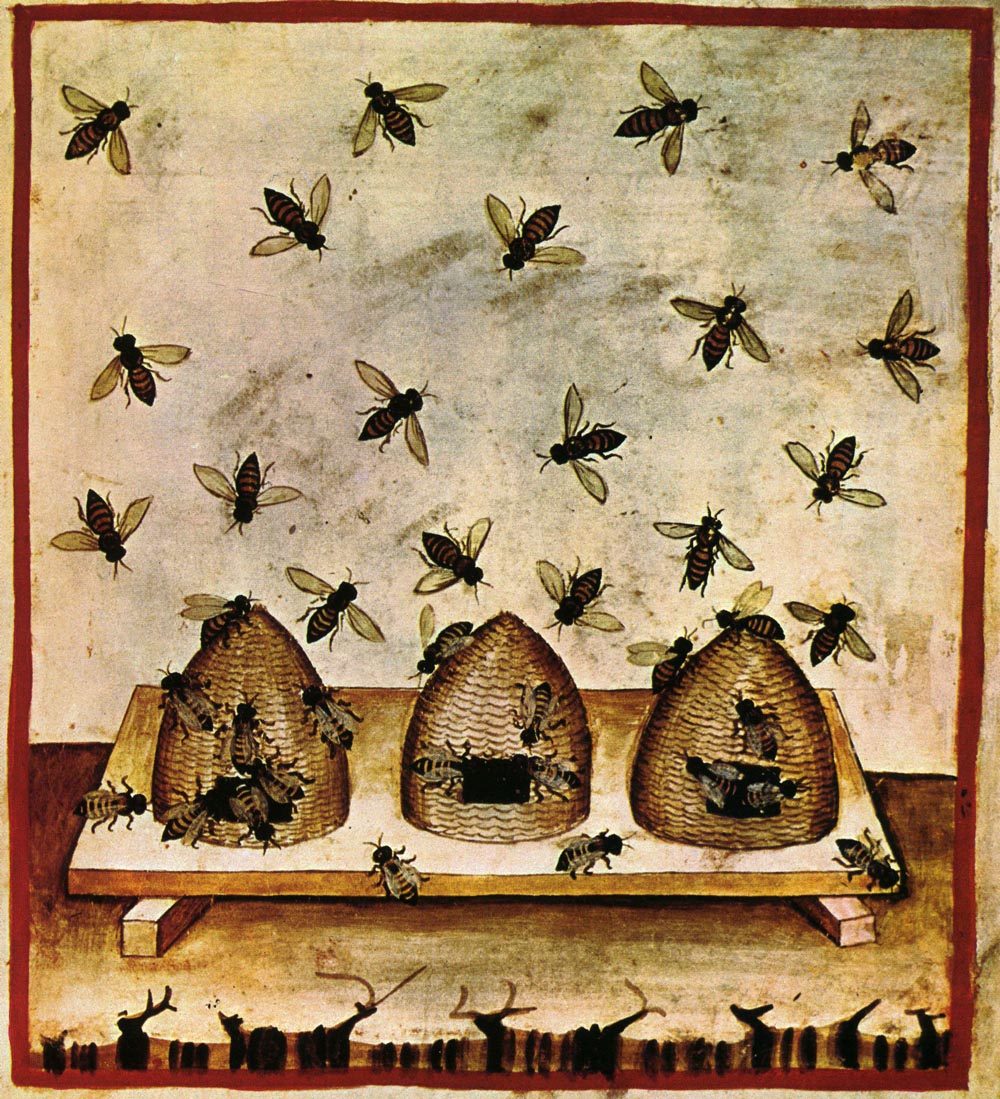|
Yaaku Language
Yaaku (also known as Mukogodo, Mogogodo, Mukoquodo, Siegu, Yaakua, Ndorobo) is an endangered Afroasiatic language spoken in Kenya. It is Cushitic, but its position within that family has been unclear. Bender 2020 008concluded it was Omo–Tana ('Arboroid'). Speakers are all older adults. Bender (2020) adds Yaaku to the Western Omo–Tana languages, while its classification was previously obscure.Bender, M. Lionel. (2020). Cushitic Lexicon and Phonology. ed. Grover Hudson. (Schriften zur Afrikanistik / Research in African Studies, 28). Berlin: Peter Lang. Language situation The Yaaku people are former hunter-gatherers and bee-keepers. They adopted the pastoralist culture of the Maasai in the first half of the twentieth century, although some still keep bees. As a result, the Yaaku almost completely gave up their language for the Maa language of the dominant Maasai tribe (including the Samburu) between 1925 and 1936. The variety of Maa they speak is called ''Mukogodo-Maa ... [...More Info...] [...Related Items...] OR: [Wikipedia] [Google] [Baidu] |
Kenya
) , national_anthem = "Ee Mungu Nguvu Yetu"() , image_map = , map_caption = , image_map2 = , capital = Nairobi , coordinates = , largest_city = Nairobi , official_languages = Constitution (2009) Art. 7 ational, official and other languages"(1) The national language of the Republic is Swahili. (2) The official languages of the Republic are Swahili and English. (3) The State shall–-–- (a) promote and protect the diversity of language of the people of Kenya; and (b) promote the development and use of indigenous languages, Kenyan Sign language, Braille and other communication formats and technologies accessible to persons with disabilities." , languages_type = National language , languages = Swahili , ethnic_groups = , ethnic_groups_year = 2019 census , religion = , religion_year = 2019 census , demonym = ... [...More Info...] [...Related Items...] OR: [Wikipedia] [Google] [Baidu] |
Maasai Language
Maasai (previously spelled ''Masai'') or Maa (; autonym: ''ɔl Maa'') is an Eastern Nilotic language spoken in Southern Kenya and Northern Tanzania by the Maasai people, numbering about 800,000. It is closely related to the other Maa varieties: Samburu (or Sampur), the language of the Samburu people of central Kenya, Chamus, spoken south and southeast of Lake Baringo (sometimes regarded as a dialect of Samburu); and Parakuyu of Tanzania. The Maasai, Samburu, il-Chamus and Parakuyu peoples are historically related and all refer to their language as ''ɔl Maa''. Properly speaking, "Maa" refers to the language and the culture and "Maasai" refers to the people "who speak Maa." Phonology The Maasai variety of ''ɔl Maa'' as spoken in southern Kenya and Tanzania has 30 contrasting sounds, which can be represented and alphabetized as follows: ''a'', ''b'', ''ch'' (a variant of ''sh''), ''d'', ''e'', ''ɛ'', ''g'', ''h'', ''i'', ''ɨ'', ''j'', ''k'', ''l'', ''m'', ''n'', ''ny'', ... [...More Info...] [...Related Items...] OR: [Wikipedia] [Google] [Baidu] |
Tanzania
Tanzania (; ), officially the United Republic of Tanzania ( sw, Jamhuri ya Muungano wa Tanzania), is a country in East Africa within the African Great Lakes region. It borders Uganda to the north; Kenya to the northeast; Comoro Islands and the Indian Ocean to the east; Mozambique and Malawi to the south; Zambia to the southwest; and Rwanda, Burundi, and the Democratic Republic of the Congo to the west. Mount Kilimanjaro, Africa's highest mountain, is in northeastern Tanzania. According to the United Nations, Tanzania has a population of million, making it the most populous country located entirely south of the equator. Many important hominid fossils have been found in Tanzania, such as 6-million-year-old Pliocene hominid fossils. The genus Australopithecus ranged across Africa between 4 and 2 million years ago, and the oldest remains of the genus ''Homo'' are found near Lake Olduvai. Following the rise of '' Homo erectus'' 1.8 million years ago, humanity spread ... [...More Info...] [...Related Items...] OR: [Wikipedia] [Google] [Baidu] |
Mbugu Language
Maʼa is a Bantu language of Tanzania. The Mbugu people speak two divergent registers, which have been treated as separate languages by some authorities (e.g. Tucker and Bryan): Mbugu or "Normal Mbugu" (autonym kiMbugu) is purely Bantu, with vocabulary closely related to Pare, while Maʼa or "Inner Mbugu" (autonym kiMaʼa) consists of an inherited Cushitic vocabulary with Bantu morphology similar to that of Shambala and Pare. They share a grammar, to the point that their syntax is identical and a passage in one can be translated to the other simply by changing the content words. The Cushitic element was identified as South Cushitic by Ehret. However, Kießling (2001) notes a large East Cushitic The Cushitic languages are a branch of the Afroasiatic language family. They are spoken primarily in the Horn of Africa, with minorities speaking Cushitic languages to the north in Egypt and the Sudan, and to the south in Kenya and Tanzania. As o ... admixture. Mous presents the Cus ... [...More Info...] [...Related Items...] OR: [Wikipedia] [Google] [Baidu] |
Age Set
In anthropology, an age set is a social category or corporate social group, consisting of people of similar age, who have a common identity, maintain close ties over a prolonged period, and together pass through a series of age-related statuses. This is in contrast to an age grade, through which people pass individually over time. While a year group or class in a school could be regarded as a simple example of an age set (e.g. 'Class of 2004'), the term is most commonly used to refer to systems in tribal societies. The phenomenon is most prevalent in East Africa, central Brazil and parts of New Guinea, where in many societies the importance of social groupings based on age eclipses that of social groupings based on kinship and descent. Age sets in these societies are formed by the periodic grouping together of young people—usually men—into a corporate unit with a name and a collective identity. As its members age the set stays together and increases in seniority as olde ... [...More Info...] [...Related Items...] OR: [Wikipedia] [Google] [Baidu] |
Greater Honeyguide
The greater honeyguide (''Indicator indicator'') is a bird in the family Indicatoridae, paleotropical near passerine birds related to the woodpeckers. Its English and scientific names refer to its habit of guiding people to bee colonies. Claims that it also guides non-human animals are disputed. The greater honeyguide is a resident breeder in sub-Saharan Africa. It is found in a variety of habitats that have trees, especially dry open woodland, but not in the West African jungle. Description The greater honeyguide is about 20 cm long and weighs about 50 g. Like all African honeyguides, it has bold white patches on the sides of the tail. The male has dark grey-brown upperparts and white underparts, with a black throat. The wings are streaked whitish, and there is a yellow shoulder patch. The bill is pink. The female is duller and lacks the black throat. Her bill is blackish. Immature birds are very distinctive, having olive-brown upperparts with a white rump and ye ... [...More Info...] [...Related Items...] OR: [Wikipedia] [Google] [Baidu] |
Samburu People
The Samburu are a Nilotic people of north-central Kenya. Samburu are semi-nomadic pastoralists who herd mainly cattle but also keep sheep, goats and camels. The name they use for themselves is Lokop or Loikop, a term which may have a variety of meanings which Samburu themselves do not agree on. Many assert that it refers to them as "owners of the land" ("lo" refers to ownership, "nkop" is land) though others present a very different interpretation of the term. Samburu speak the Samburu dialect of the Maa language, which is a Nilotic language. The Maa language is also spoken by other 22 sub tribes of the Maa community otherwise known as the Maasai. Many Western anthropologists tried to carve out and create the Samburu tribe as a community of its own, unaffiliated to its parent Maasai community, a narrative that seems that many Samburu people today hold. There are many game parks in the area, one of the most well known is Samburu National Reserve. The Samburu sub tribe is the third ... [...More Info...] [...Related Items...] OR: [Wikipedia] [Google] [Baidu] |
Maasai People
The Maasai (; sw, Wamasai) are a Nilotic ethnic group inhabiting northern, central and southern Kenya and northern Tanzania. They are among the best-known local populations internationally due to their residence near the many game parks of the African Great Lakes and their distinctive customs and dress.Maasai - Introduction Jens Fincke, 2000–2003 The Maasai speak the Maa language (ɔl Maa), a member of the Nilotic language family that is related to the , |
Yaaku People
The Yaaku are a people who are said to have lived in regions of southern Ethiopia and central Kenya, possibly through to the 18th century. The language they spoke is today called Yaakunte. The Yaaku assimilated a hunter-gathering population, whom they called Mukogodo, when they first settled in their place of origin and the Mukogodo adopted the Yaakunte language. However, the Yaaku were later assimilated by a food producing population and they lost their way of life. The Yaakunte language was kept alive for sometime by the Mukogodo who maintained their own hunter-gathering way of life, but they were later immersed in Maasai culture and adopted the Maa language and way of life. The Yaakunte language is today facing extinction but is undergoing a revival movement. In the present time, the terms Yaaku and Mukogodo (sometimes Mukogodo Maasai), are used to refer to a population living in Mukogodo forest west of Mount Kenya. Etymology The name Yaaku is said to be a Southern Nilotic term ... [...More Info...] [...Related Items...] OR: [Wikipedia] [Google] [Baidu] |
Pastoralism
Pastoralism is a form of animal husbandry where domesticated animals (known as "livestock") are released onto large vegetated outdoor lands (pastures) for grazing, historically by nomadic people who moved around with their herds. The animal species involved include cattle, camels, goats, yaks, llamas, reindeer, horses and sheep. Pastoralism occurs in many variations throughout the world, generally where environmental characteristics such as aridity, poor soils, cold or hot temperatures, and lack of water make crop-growing difficult or impossible. Operating in more extreme environments with more marginal lands means that pastoral communities are very vulnerable to the effects of global warming. Pastoralism remains a way of life in many geographic areas, including Africa, the Tibetan plateau, the Eurasian steppes, the Andes, Patagonia, the Pampas, Australia and many other places. , between 200 million and 500 million people globally practised pastoralism, and 75% ... [...More Info...] [...Related Items...] OR: [Wikipedia] [Google] [Baidu] |
Bee-keeping
Beekeeping (or apiculture) is the maintenance of bee colonies, commonly in man-made beehives. Honey bees in the genus '' Apis'' are the most-commonly-kept species but other honey-producing bees such as ''Melipona'' stingless bees are also kept. Beekeepers (or apiarists) keep bees to collect honey and other products of the hive: beeswax, propolis, bee pollen, and royal jelly. Pollination of crops, raising queens, and production of package bees for sale are other sources of beekeeping income. Bee hives are kept in an apiary or "bee yard". The keeping of bees by humans, primarily for honey production, began around 10,000 years ago. Georgia is known as the "cradle of beekeeping" and the oldest honey ever found comes from that country. The 5,500-year-old honey was unearthed from the grave of a noblewoman during archaeological excavations in 2003 near the town Borjomi. Ceramic jars found in the grave contained several types of honey, including linden and flower honey. Domestication of ... [...More Info...] [...Related Items...] OR: [Wikipedia] [Google] [Baidu] |




.jpg)
